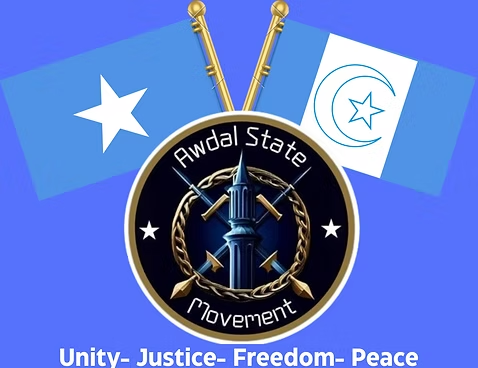Somalia’s social fabric is woven from tribes and sub-clans whose identities are tied not only to lineage, but to centuries-old homelands. In the Awdal region, around Zayla and Lughaya, the Gadabuursi have exercised political authority and cultural stewardship for millennia, with their rights confirmed in treaties with both British and French colonial powers. Yet this year, a small minority, long present in the area but never dominant, has insisted on hosting the launch and public “ceremony” of a new book entitled Xeer Ciise. On its face, celebrating a book of customary law and tradition should be welcome. But several questions demand answers: 1. Why Zayla, Rather than Issa Heartlands? Xeer Ciise purports to document the customs of the Ciise (Issa) sub-clan. Their historic centers lie around Djibouti City and Ayshaca (near Dire Dawa), where organizing a public reading or academic fair would reach their own communities more naturally. Hosting the event in Zayla, a Gadabuursi stronghold, seems less a matter of convenience than of symbolism. 2. Why Forego University Venues? Somali universities in Borama, Hargeisa, Djibouti, and Dire Dawa have faculties of history, law, and anthropology eager to host a book launch. A series of academic panels or student workshops would allow the work to be debated, critiqued, and contextualized. Instead, planners have insisted on a high-profile ceremony on public land, leveraging government permission and international press attention. 3. Whose Interest Is Served? When a minority organizes a cultural event in majority territory, it can cross from inclusion into assertion. By perforating the symbolic boundary between “their land” and “ours,” today’s ceremony risks laying a foundation for tomorrow’s political claims. External governments with land-granting agendas have provided logistical support, raising suspicions that this is less a book launch than a strategic land-grab. 4. What Are the Risks to Regional Peace? The Horn of Africa is no stranger to clan rivalry. A seemingly benign ceremony, if it becomes a flashpoint over public space or local administration, could easily spiral into broader tensions, dragging in neighboring Djibouti and the Ethiopian Somali Region, where Gadabuursi and Issa communities co-exist. In an area already stressed by resource competition, any perception of unfair advantage can inflame old grievances. Only by inviting genuine dialogue, rather than staging one-off spectacles, can cultural initiatives build bridges instead of redrawing fault lines. Somalia’s future depends on mutual respect, historical honesty, and a willingness to share both heritage and territory. If peace and stability are the goal, all clans must resist the temptation to use ceremonies as stakes on the map.
By: BURAALE XINIIN
